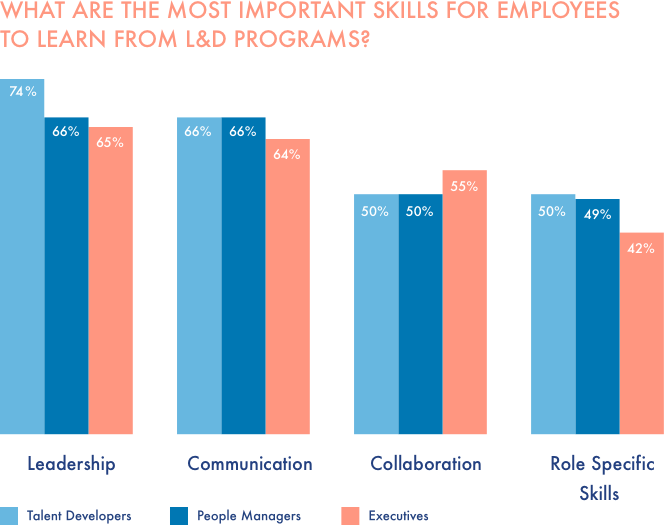To stay competitive in the market, it is important for every company to train their old as well as new employees to ensure the inclusion of top talent in the team. Most organizations today work in a hybrid work model, and they are still focused only on developing the skills and talent of those employees who work in an office. It is critical to understand that training your remote staff is equally important. Training will make them do their job efficiently and with optimum utilization of resources and time to increase your productivity.
When the pandemic forced employees to work from home, we were all unsure of the employee’s response and the impact on the output. We witnessed that, in most cases, productivity actually went up due to the flexibility that the staff got. Remote working culture is so popular now that employees have it as their top preference while searching for a job. Automated cold calling can optimize employee training by providing employees with a realistic and controlled environment to practice their cold calling skills. Those companies that do not give that freedom to their employees are going to lose top talent and struggle to retain their current staff.
Training and the development of skills while working for any organization are important for the employees. We know that employees tend to stay longer with companies that invest in their learning and development activities. That makes it important to provide training to our remote workforce, as our remote team has to be equally engaged and efficient at their work and value skill development equally. Product research with Jobs To Be Done can help identify the key tasks that employees need to be able to perform in order to be successful and optimize employee training accordingly. Coordinating and managing remote training can be tricky and requires tools like online training software to make this seamless. This can be a lot more cost-effective than in-person training. It is important to provide the necessary tools and technology to employees to support their training.
Optimize Training for Remote Workforce
While around the world, managers are still learning to coordinate with their remote teams for optimal performance, here are some ways to optimize employee training for remote employees.
1. Allow Flexibility
Employers need to understand that one size does not fit all. Remote work is attractive to employees and has given better productivity because of the flexibility that employees have. They put in the effort at the time they felt most productive and comfortable working. So, when it comes to training, giving people a rigid timetable will immediately make them lose interest in it. Allowing people to set their own deadlines to complete the course through employee training software makes them feel more in control and at ease.
While working from home, employees are likely to have their other responsibilities towards a partner, pet, children, and parents scheduled throughout the day. If there is a strict obligation to divert a significant chunk of time to something else, it distracts them the whole time they are in training. This causes training to fail to have the intended impact. Work-life balance is the top benefit from an employee perspective when it comes to remote work. Taking that away will only lead to frustration. Instead, you can give a final deadline to finish the entire training program, and employees can set their own deadlines for various modules within the course.
2. Monitor the Training
It is important to track the progress of a remote training program. Documenting the training can be helpful. With a training management system, you can monitor the progress of individual employees on the course, such as completion and assessment. Use the insightful data-driven reports generated by the system to identify any scope of improvement in the training strategy. Various test and implementation tasks can give a better idea about the effectiveness of remote training. Take regular feedback from the people to determine if they are experiencing any problems and how to resolve them. Give your staff surveys to understand the strengths and weaknesses in your current remote training plan.
3. Make it Engaging
Introducing gamification into the training can increase the engagement of the employees and make them more motivated. There can be badges and certificates for completing various parts of the training, as well as for remarkable performance in overall training. You can automate the process of giving employees their rewards so there are no delays and they feel motivated to start the next part sooner. Employees can share their achievements online with their colleagues and friends on social media. This also develops a healthy sense of competition. Recognizing their efforts makes people more focused, and they work harder.
4. Create Community Support
Human interaction is important for remote staff. Having a group of colleagues that they can talk to while receiving training can be a great emotional support. Create a common group for people under a particular type of training on social media sites. This makes it easier for them to communicate. There can be a quicker resolution of doubts related to the course and other issues if they face any. Being in touch with the people who are working on the same skills keeps them motivated to move forward in training. With support from their peers, employees tend to ask for help more quickly and frankly share their feedback about the source material.
5. Focus on Soft Skills
According to a LinkedIn report, employers see training for soft skills as their top priority. To make it impactful, it has to be done continuously. To stay productive and competitive in such rapidly changing times, it is important to provide continuous training. Soft skills like leadership, communication, and collaboration act as a strong base to support role-specific skills and productivity. Harness the culture of continuous learning. Make it easy for employees to access the training material and brush up on their skills whenever they want.

Benefits of Remote Employee Training
The company benefits from the remote training as much as the employees do. Here are a few points that will convince you why remote training is beneficial. With the right employee training management software and strategy, you can experience improved productivity from all your employees.
1. Maintain Consistency and Productivity
Many employees had to leave the up-skilling courses in the midst of it all because they started working remotely. Completing this training and implementing the knowledge benefits the company through better output. Providing the necessary training to the new employees who are working in the remote team gives them the knowledge and confidence to work as well as helps to put their efforts in the right direction.
2. Cost Saver
When training is exclusively provided at a particular venue creates an additional cost of transporting employees from various locations while they are working in the current hybrid setup. This also adds to the loss of productive time that employees can use in their implementation practice. There is an increase in employee turnover all over the world, which means increased hiring activities and training. Hiring a trainer every time there are new employees is expensive, while remote training can be done with recorded videos uploaded to an employee training management system, which significantly lowers the cost too.
3. Higher Employee Retention
The training and development activities at the organization mean better opportunities for employees to grow in the company and in their careers. Such investments make employees feel valued and appreciated. They get the greater motivation to constantly perform better and take more initiatives to improve the productivity of the organization.
Training employees helps to improve productivity as it helps to utilize resources better. Many organizations have discontinued their training programs since employees started working remotely or in hybrid structures. Quantum computing in AI ML can be used to optimize employee training by developing personalized training programs that adapt to the individual needs of each employee. Businesses need to understand that training remote staff contributes to the output as much as training in-office employees do. To make remote training more effective, you have to allow flexibility. Allow employees to learn at their own pace and reward them for completing various milestones.
Create a pace for employees who are undergoing the same training to communicate and share feedback. Monitor individual employee progress using a powerful training management system, assess effectiveness using comprehensive reports and take appropriate action. Focus on soft skills and nurture a learning culture in the company. Remote employee training is beneficial to the firm as it increases employee retention, gives better productivity, and cuts the cost of onsite training.
